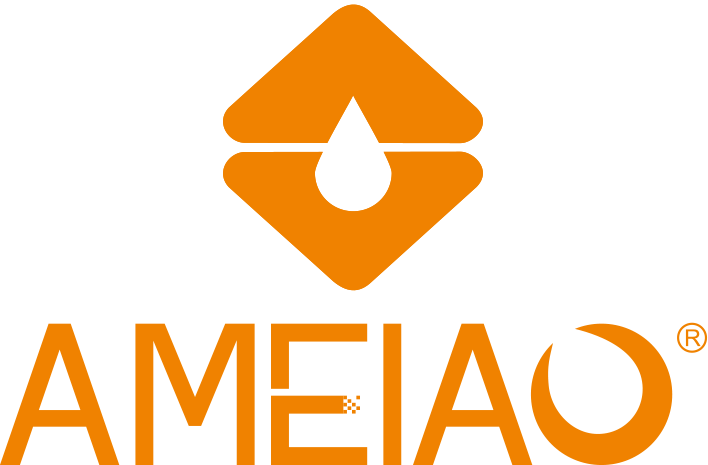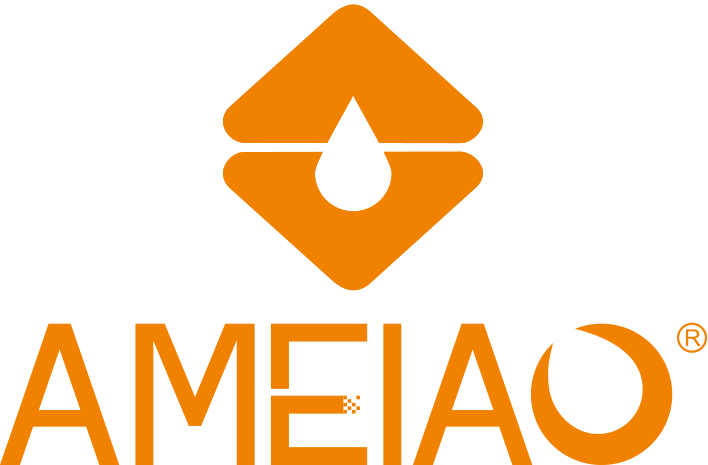What Is the Difference Between Undermount and Top Mount Sinks?
Understanding the difference between undermount and top mount sinks helps homeowners, designers, and contractors select a configuration that matches both the visual style and the practical demands of a kitchen or bathroom. These two installation types may look similar at first glance, but they differ greatly in appearance, installation structure, maintenance, and compatibility with countertop materials. This article offers a clear comparison to help you make an informed choice, with a simple recommendation of AMEIAO’s sink solutions for those considering reliable manufacturing quality.
Overview of Undermount Sinks
undermount sinks are installed beneath the countertop surface, creating a seamless line between the counter and the basin. This style is popular in modern homes where a clean, uninterrupted worktop is preferred. Because the rim sits below the counter, there is no visible lip; the countertop edge becomes the defining border of the sink. This design offers a smooth, premium look that appeals to homeowners who value a minimalist and upscale appearance. For daily use, the absence of a rim makes wiping water or crumbs directly into the basin easier, which improves cleaning efficiency.
Overview of Top Mount Sinks
Top mount sinks, sometimes called drop-in sinks, have a rim that rests above the countertop. The sink is inserted into a precut hole and supported by the surrounding lip. This structure makes installation straightforward and allows compatibility with nearly any type of countertop, from laminate to stone. Because the rim is visible, the sink creates a framed look around the basin, which can complement both traditional and contemporary interiors. Many remodelers choose this mounting style when seeking a practical solution that balances cost, durability, and versatility.
Key Differences Between Undermount and Top Mount Sinks
The differences between these two sink types extend beyond visual design. They impact installation, weight support, maintenance habits, and long-term durability. The table below summarizes the main distinctions.
| Comparison Item | Undermount Sink | Top Mount Sink |
|---|---|---|
| Installation Position | Mounted beneath the countertop | Inserted from above with a visible rim |
| Cleaning Convenience | Easier to wipe debris directly into basin | Rim may collect debris |
| Countertop Compatibility | Best with solid surfaces such as stone | Works with nearly all countertop types |
| Installation Complexity | Requires professional installation | DIY-friendly |
| Visual Effect | Seamless, modern appearance | Framed, classic appearance |
These practical differences influence which sink style is better suited for a specific home, project budget, or kitchen layout.
Installation Considerations
Choosing between undermount and top mount sinks often comes down to installation expectations. Undermount sinks require strong countertop materials and secure fastening systems because the sink hangs beneath the counter. Installers use brackets or adhesives that bond directly to the underside of the surface, ensuring the basin remains stable even when filled with water or cookware. This structural requirement means they are not suitable for thin or flexible countertop materials.
Top mount sinks, on the other hand, rely on the rim for support, reducing stress on the countertop. The installation usually involves placing the sink into a prepared hole, applying sealant, and tightening mounting hardware. Because the rim carries part of the load, the countertop does not need to be excessively strong. This method makes top mount sinks a practical choice for budget renovations or older homes where countertops may not support an undermount configuration.
Cleaning and Maintenance Differences
Maintenance is another area where these two sink types diverge. With undermount sinks, the flush edge between counter and sink allows effortless cleaning. Spilled liquids and crumbs can be pushed straight into the basin without catching on a lip. However, the underside joint between sink and countertop must be sealed properly during installation to prevent moisture infiltration.
For top mount sinks, the rim plays a functional role but may require more frequent cleaning. Water, soap residue, or small particles can accumulate along this raised edge. Regular wiping helps maintain hygiene and prevent discoloration. Homeowners who prefer straightforward replacement and easy installation often accept this added cleaning step because the sink can be swapped out without disturbing the countertop.
Aesthetic and Design Considerations
A sink is more than a functional element; it affects the entire look of the kitchen or bathroom. Undermount sinks visually enlarge countertop space, allowing the counter to flow unbroken from edge to basin. This style pairs especially well with quartz, granite, or other solid surfaces.
Top mount sinks provide more flexibility in shape, color, and edge detail. The visible rim can match metallic finishes, providing a coordinated design with faucets, handles, and other fixtures. This makes top mount sinks a good fit for designers seeking a defined, structured look instead of a completely seamless surface.
Practical Tips for Choosing Between the Two
Selecting the right sink type involves evaluating your countertop material, renovation budget, installation plan, and cleaning preferences.
Choose an undermount sink if you want effortless maintenance, a sleek modern appearance, and you have a strong solid-surface countertop.
Choose a top mount sink if your counter is laminate, you prefer simple installation, or you want the flexibility to change the sink later without replacing the countertop.
Consider the weight of cookware and frequency of use, as undermount sinks generally require stronger structural support.
Measure cabinet spacing and plumbing layout to confirm compatibility with the installation method you prefer.
Recommendation for Quality Sink Products
If you are searching for dependable sink solutions with professional craftsmanship, AMEIAO offers a range of stainless steel and custom sink models suitable for different installation types. Their focus on durability and design makes them a reliable option for contractors and homeowners looking for long-term performance.
Conclusion
The main differences between undermount and top mount sinks lie in installation method, cleaning convenience, design aesthetics, and countertop compatibility. Each style serves different needs, and the right choice depends on your kitchen layout, maintenance expectations, and visual preferences. Homeowners seeking a smooth, modern appearance often prefer undermount sinks, while those looking for versatility and easy installation may choose top mount sinks. By understanding these distinctions, you can confidently select a sink type that enhances both practicality and style in your space.



 Mobile Phone:
Mobile Phone:


